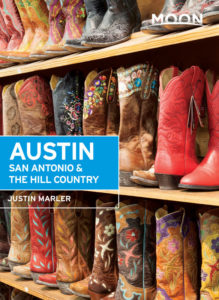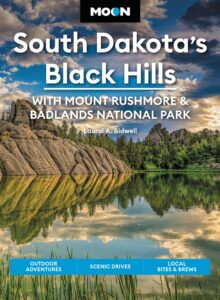Garden City
One of the biggest towns in this part of the Great Plains, Garden City (pop. 25,546) is perhaps best known for its huge public swimming pool: around 330 ft by 220 ft (100.5 m by 76 m), with 2.6 million gallons of water. It’s south of US-50 at the end of 4th Street, near the Arkansas River in Finnup Park, and it only costs $2. Next to the swimming pool is a small historical museum and the nice Lee Richardson Zoo (620/276-1250), with rhinos, elephants, giraffes, and monkeys. The zoo is free for people on foot but costs $10 for a drive-through tour.
North of the zoo in the brick-paved downtown, which, unlike many places, shows few signs of businesses fleeing to the highway frontages, you can browse antiques
shops and department stores. Another notable downtown landmark is the 1887 Windsor Hotel. This “Waldorf of the Prairies” drew cowpoke-luminaries like Buffalo Bill Cody.
Garden City supports not only the usual gas stations, motels, and fast food, but also, best of all, the 3,760-acre Sandsage Bison Range and Wildlife Area, which may be viewed along the west side of Business US-83, around a half-mile (0.8 km) south of town.
Farther south, across the often dry-as-a-bone Arkansas River, oil pumps languidly dip their heads. This is where the stereotypical Kansas landscape comes in: either stark desolation or—thanks to money and modernity—vast irrigation efforts. Prior to the advent of reliable irrigation from the Ogallala Aquifer, overeager farmers almost ruined the region’s fortunes plowing up the fragile buffalo grass for a quick cash crop. But the winds then blew the topsoil away, so the hills that stood here prior to the Dust Bowl are gone completely now, and the landscape is endless, see-forever plains, marked by grain elevators and telephone poles.
Travel Map of the Road to Nowhere through Kansas
















